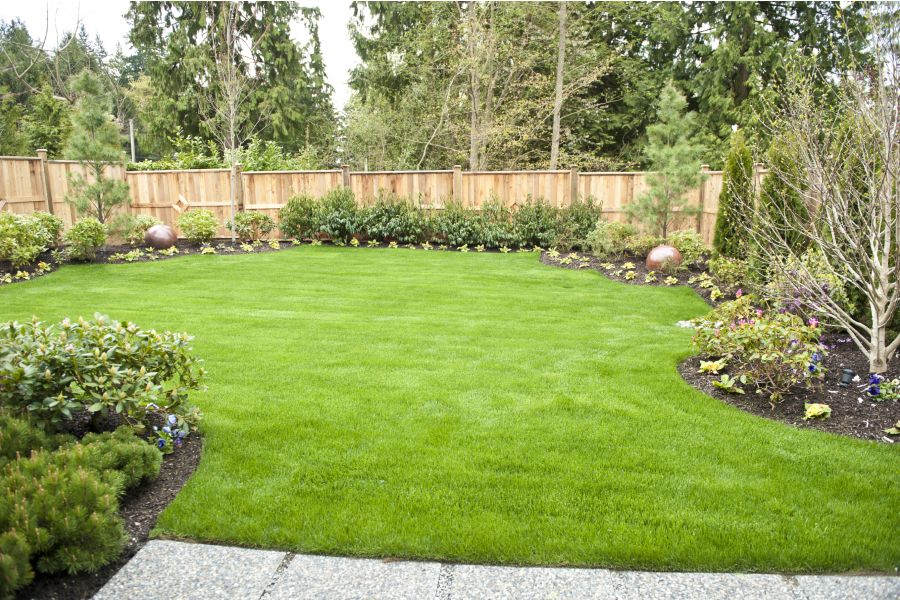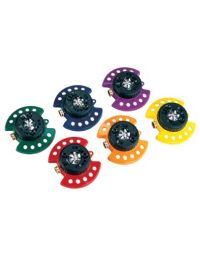Our Minnesota lawns can take a beating over winter, emerging in spring with damage from voles, road salt and snow mold. Gertens has professional tips for repairing winter lawn damage.
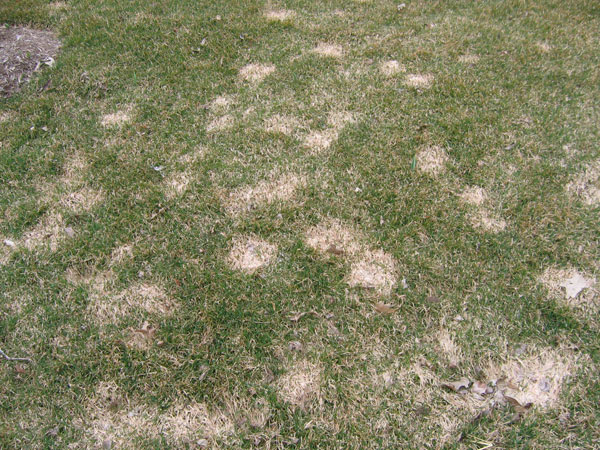
Pink Snow Mold
Snow mold is a fungal disease that emerges in the lawn as the snow melts. It appears as circular, matted patches in lawns and can be either pink or gray in color. The disease only occurs in wet conditions at close to freezing temperatures (early spring is most common). More on Snow Mold.
- In fall, don’t leave layers of dead matted leaves on your lawn. Rake them out. Remove them or mulch them up with your lawn mower.
- In spring, rake out piles of snow to allow for quicker melting. Sustained wet conditions promote snow mold.
- Where there are patches, gently rake them out and wait to apply chemicals as the area can green up on its oww.
The good news is that it doesn’t happen every year!
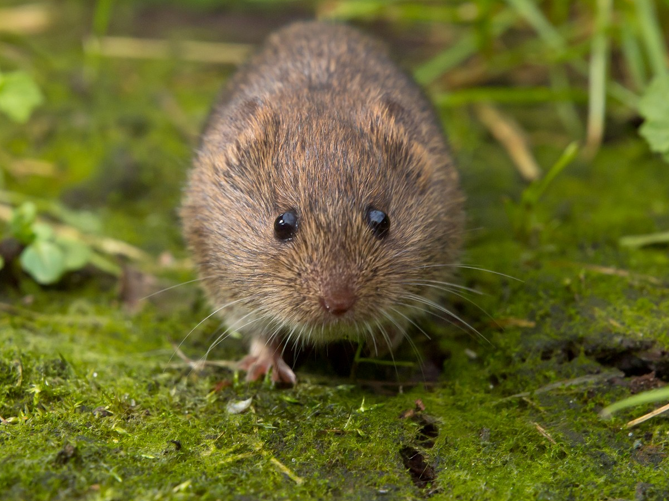
Vole – well, hey there, I like your roots!
Voles spend a great deal of time eating grass and roots and making trails. Similar to mice they have shorter tails and stockier bodies.
- Rake out the dead grass and let nature do its magic. The grass will grow back on its own if the crown is intact.
- If the damage is severe, talk to our Gerten Experts and find more information on spot seeding options.
They will also use your organic mulches as their winter home, conveniently located right next to your trees and shrubs, another food source is right there! (This is why you mulch like a donut, not a volcano). Voles are especially fond of the bark of fruit and crabapple trees.
- To reduce their population, place repellents, mouse traps or bait stations among your plantings.
- Use plastic cylinders around your trees or sink fencing into the ground 2 to 3 inches deep around your tree.
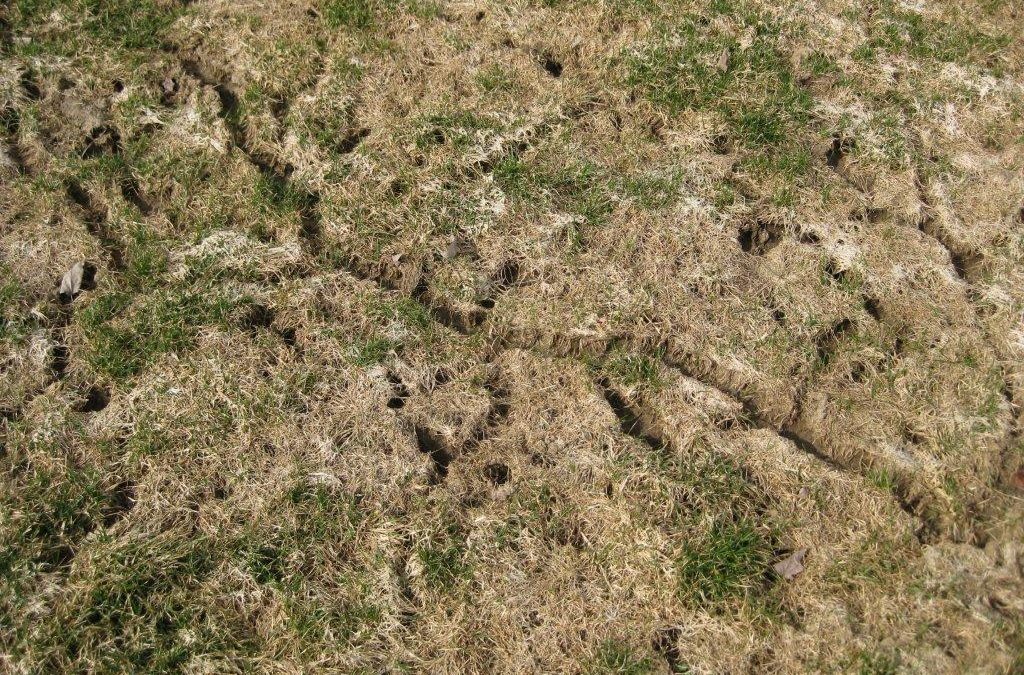
Photo provided by AAA Lawn Care
Road salts are another common problem. While continuing to work on alternate methods, Mn Dot and most municipalities still use salt to melt snow on our roadways to prevent accidents and stranded vehicles.
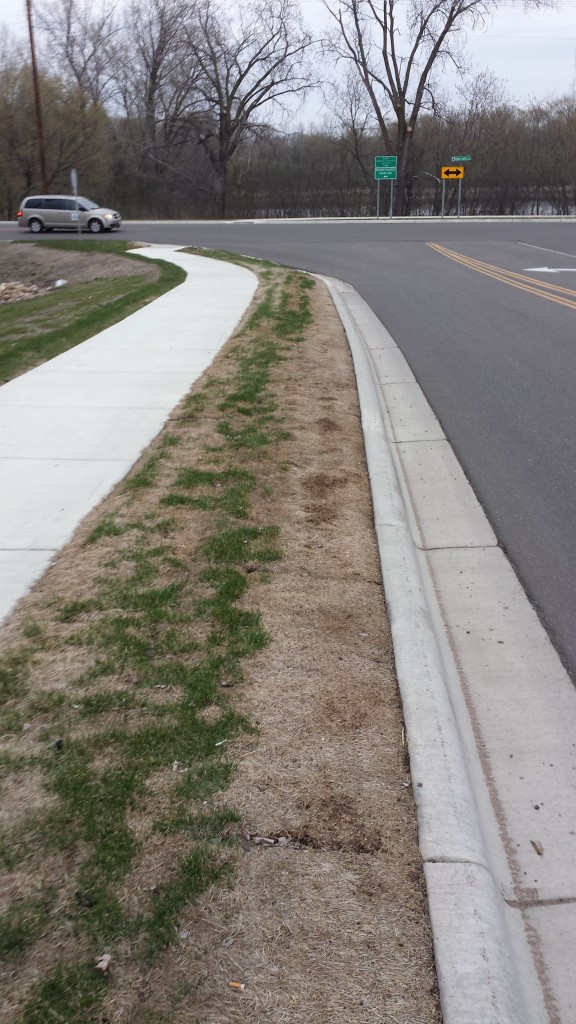
Road salt damage photo by turf.umn.edu
Road salts damage plants by drawing moisture away from their roots.
- To help your lawn bounce back, apply gypsum after the grass has dried out.
- Then give the area a thorough watering for at least 30 minutes with the sprinkler.
- Bonus - Gypsum can also be used on lawn damage caused by pet urine.
The experts at Gertens are always available to answer your questions!

